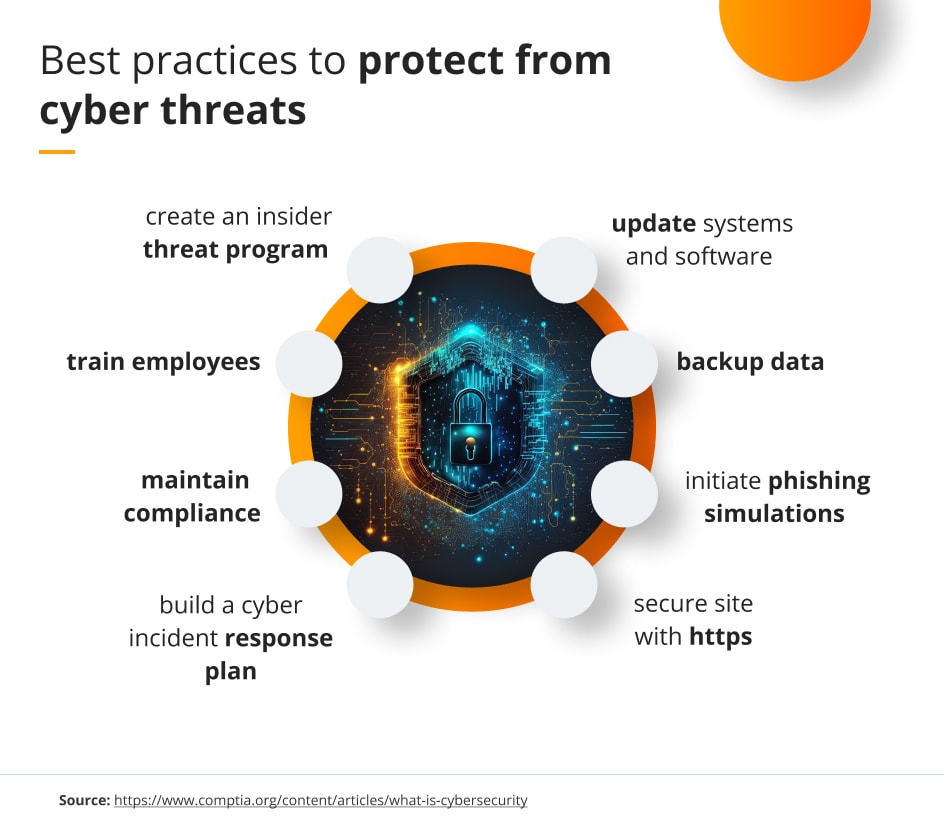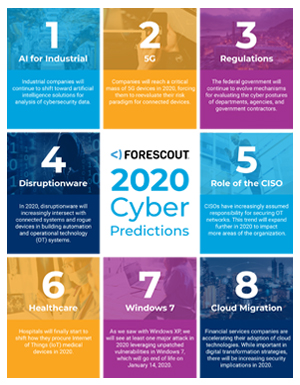Recognize the rise of Deepfake Social Engineering Attacks tricking users.
Recognize the rise of Deepfake Social Engineering Attacks tricking users.
Blog Article
Top Cybersecurity Predictions for 2024: Stay Ahead of Arising Risks
As we come close to 2024, the cybersecurity landscape is positioned for considerable transformation, driven by arising dangers that companies need to not only prepare for but also purposefully address. The increase of AI-driven cyberattacks, combined with significantly advanced ransomware methods, highlights the urgent need for innovative defenses. Additionally, the expanding variety of IoT devices offers brand-new vulnerabilities that can be exploited. With governing adjustments imminent and a vital emphasis on cybersecurity training, it is important for organizations to reassess their strategies to continue to be resistant. Just how ready are you to navigate these advancing obstacles?
Surge of AI-Driven Strikes
As companies significantly take on expert system technologies, the potential for AI-driven attacks is becoming a paramount issue in cybersecurity. Cybercriminals are leveraging AI to boost the elegance and efficacy of their assaults, producing a landscape where typical safety steps may falter. These strikes can exploit machine discovering algorithms to recognize susceptabilities in systems and networks, causing extra targeted and harmful breaches.
AI can automate the reconnaissance stage of an attack, enabling opponents to gather substantial amounts of information quickly (cyber attacks). This capability not only shortens the time called for to introduce a strike but also boosts its accuracy, making it harder for protectors to prepare for and mitigate threats. Furthermore, AI can be made use of to develop persuading phishing plans, generate deepfake web content, or adjust data, better complicating the cybersecurity landscape
Organizations need to prioritize the assimilation of AI-driven cybersecurity services to respond to these emerging threats. By using advanced hazard detection systems, organizations can enhance their capacity to identify and counteract AI-generated attacks in genuine time. Continual financial investment in training and awareness programs is likewise essential, as it outfits employees to identify and reply to potential AI-driven risks successfully.
Raised Ransomware Refinement
The increase of AI-driven assaults is not the only trend improving the cybersecurity landscape; ransomware attacks have actually additionally advanced, becoming progressively innovative and targeted. As cybercriminals improve their approaches, organizations face increased dangers that need adaptive approaches to minimize prospective damage.
Modern ransomware risks now leverage advanced techniques, such as double extortion, where opponents not just encrypt data but also threaten to leakage delicate details if their demands are not fulfilled. This includes an extra layer of pressure on victims, frequently engaging them to pay ransom money to shield their reputations and consumer depend on.
Furthermore, using automated tools and equipment understanding formulas by perpetrators has structured the strike procedure, enabling them to recognize susceptabilities much more successfully and customize their methods versus certain targets. Such growths have actually resulted in a disconcerting surge of strikes on essential infrastructure, health care systems, and supply chains, highlighting the need for durable cybersecurity structures that focus on real-time danger detection and action.
To respond to these progressing hazards, organizations have to buy extensive training, progressed safety technologies, and case reaction intends that include lessons picked up from previous ransomware events, guaranteeing they remain one action in advance of progressively complex assaults.
Development of IoT Vulnerabilities
With the fast development of the Internet of Things (IoT), susceptabilities connected with these interconnected gadgets have actually come to be an important issue for organizations and people alike. The proliferation of wise devices, from home devices to commercial sensors, has produced an extensive attack surface for cybercriminals. Several IoT devices are deployed with very little safety protocols, typically making use of default passwords or outdated firmware, making them vulnerable to exploitation.
As gadgets become interconnected, the capacity for large strikes increases. For instance, jeopardized IoT devices can serve as entry points for enemies to penetrate more safe networks or launch Dispersed Denial of Service (DDoS) assaults. 7 Cybersecurity Predictions for 2025. The lack of standardization in IoT security measures further worsens these vulnerabilities, as varying manufacturers implement varying degrees of security
Moreover, the boosting elegance of malware targeting IoT gadgets presents substantial dangers. Danger stars are continuously creating brand-new approaches to make use of these weaknesses, leading to potential data violations and unauthorized accessibility to sensitive information. As we move into 2024, companies should prioritize IoT safety, implementing robust measures to safeguard their networks and alleviate the dangers associated with this rapidly expanding landscape.
Governing Modifications Affecting Protection

In 2024, we anticipate to see much more rigid compliance demands for companies, specifically those that produce or release IoT gadgets. The intro of guidelines such as the European Union's Cyber Resilience Act and updates to existing structures like the NIST Cybersecurity Framework will certainly highlight safety deliberately. Organizations will certainly be mandated to execute durable security steps from the initial stages of product advancement, making sure an aggressive position against prospective susceptabilities.
Furthermore, regulatory bodies are most likely to enforce significant penalties for non-compliance, engaging companies to prioritize cybersecurity financial investments. This change will certainly not just boost the general protection pose of organizations but will certainly additionally foster a society of responsibility in securing customer data. As regulations tighten, the onus will increasingly drop on business to demonstrate conformity and guard against the ever-evolving threats in the digital landscape.
Focus on Cybersecurity Training
Organizations' commitment to cybersecurity training is ending up being increasingly essential as dangers develop and attack vectors multiply. With cybercriminals continuously creating innovative methods, it is vital for staff members whatsoever degrees to recognize the threats and recognize their duty in reducing them. Comprehensive training programs equip staff with the knowledge and skills necessary to determine prospective threats, such as phishing attacks, social engineering strategies, and malware.
Furthermore, a culture of cybersecurity understanding cultivates alertness among staff members, reducing the chance of human mistake, which remains a considerable vulnerability in numerous companies. Frequently upgraded training components that mirror the current risks will make sure that personnel remain enlightened and capable of responding properly.


In 2024, organizations will likely prioritize ongoing education and simulation workouts, enabling employees to practice their response to real-world situations. Partnership with cybersecurity professionals for tailored training options may also come to be more prevalent. Eventually, buying worker training not only reinforces an organization's protection pose however likewise grows a positive method to cybersecurity, reinforcing the idea that protection is a common obligation throughout the enterprise.
Conclusion
To conclude, the cybersecurity landscape in 7 Cybersecurity Predictions for 2025 2024 will certainly be shaped by the increase of AI-driven strikes, progressively innovative ransomware tactics, and the development of vulnerabilities related to IoT gadgets. Regulative modifications will certainly demand boosted conformity actions, underscoring the importance of integrating protection by layout. In addition, a strong emphasis on detailed cybersecurity training will be essential in cultivating a business culture resistant to arising hazards. Positive adaptation to these trends will certainly be vital for efficient defense techniques.
Report this page